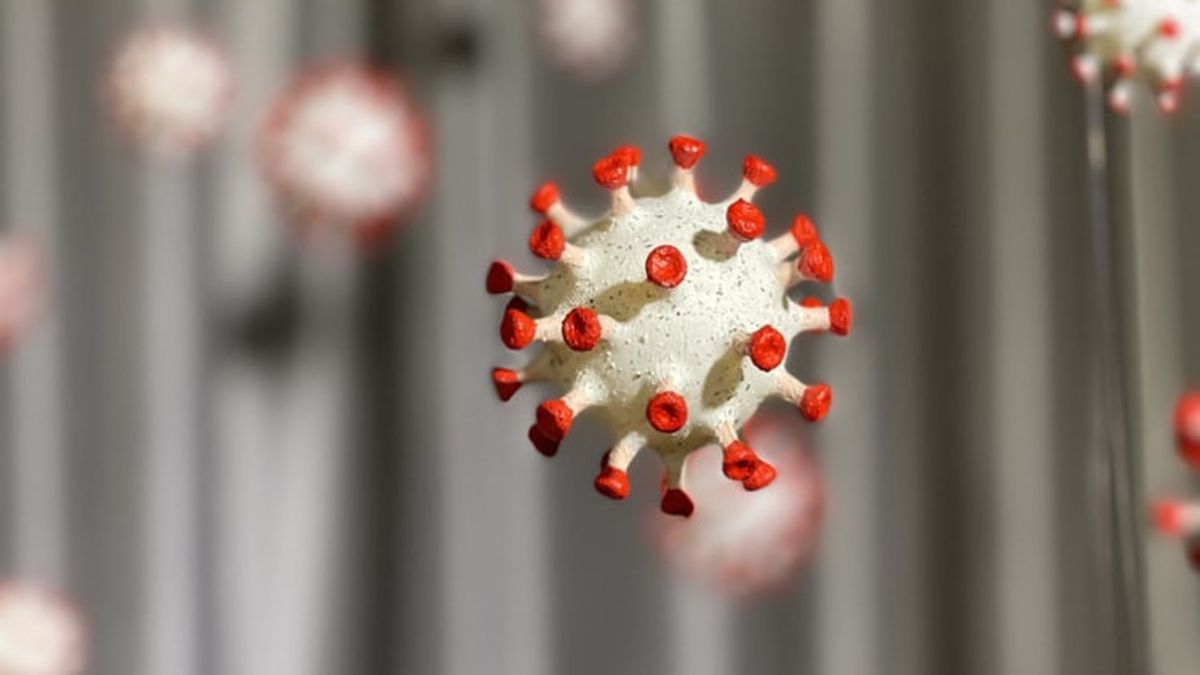JAKARTA - The COVID-19 Handling Task Force (Satgas) reminded that the reproduction number (Rt) of COVID-19 began to increase to 0.96 from 0.01 the previous week.
"The higher the Rt of a disease, the greater the chance that the number of positive cases will continue to increase, and vice versa," said spokesman for the COVID-19 Task Force, Prof. Wiku Adisasmito, quoted by Antara, Tuesday, November 16.
He stated that the reproduction number is the average number of people who are infected due to exposure to 1 person who is positive or sick.
Wiku said that the reproduction number is useful for describing the ability to spread a disease, the reproductive rate will depend on the characteristics and the environment around the disease-causing organism.
"If you look more deeply, although the Rt in all islands is still below one, the numbers on the islands of Java-Bali and Kalimantan have increased," he said.
According to Wiku, paying attention to reproductive numbers is important in addition to case numbers, death rates, and fatality rates to become the basis for determining appropriate COVID-19 control efforts.
Wiku explained that generally every type of disease has a basic reproduction number (R0), which is a fixed value of the ability to spread disease in situations without certain preventive interventions.
"For example, R0 for the original variant of the COVID-19 virus from Wuhan, which is 2.4 to 2.6. This means that one positive case can infect two to three other people in the vicinity after interacting," he explained.
Meanwhile, Rt, he continued, is the disease reproduction rate after the intervention. Wiku added, generally a reproduction number above one causes an exponential increase in cases.
"The number one causes the addition of cases which tends to stagnate, and a number below one will gradually infect fewer people and eventually stop the spread of the disease under certain conditions such as an epidemic because the number of new positive cases is decreasing and the number of recovered positive cases is increasing over time and treatment that is being undertaken," explained Wiku.
He said the determination of the reproductive rate of a disease was carried out by scientists to describe the rate of transmission using data in the field, namely mortality rates, hospital bed occupancy, and positivity rates.
Wiku hopes that the submission of the latest reproductive rate data can be a new lesson for local governments to be able to read the transmission rate of COVID-19 from a more specific epidemiological aspect. ' said Wiku.
The task force asked all levels of society to remain vigilant in the future. Moreover, the emergence of other new variants of COVID-19 which in fact has a higher reproduction number.
"The reproduction number will be very dynamic depending on how well the interventions we carry out, both with 3M health protocols, 3T efforts, and vaccinations," he said. reproduction, thereby reducing the rate of infection.
"We need to re-tighten the controls so we can prevent a new wave of cases next year," said Wiku.
The English, Chinese, Japanese, Arabic, and French versions are automatically generated by the AI. So there may still be inaccuracies in translating, please always see Indonesian as our main language. (system supported by DigitalSiber.id)












